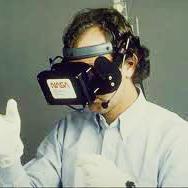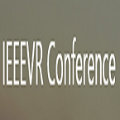Virtual reality (VR) can create compelling experiences that evoke presence, the sense of ``being there.'' However, problems in rendering can create sensorimotor disruptions that undermine presence and task performance. Presence is typically assessed with post-hoc questionnaires, but their coarse temporal resolution limits insight into how sensorimotor disruptions shape user experience. Here, we combined questionnaires with electroencephalography (EEG) to identify neural markers of presence-affecting prediction error in immersive VR. Twenty-five participants performed a grasp-and-place task under two levels of immersion (visual-only vs.~visuo-haptic). Occasional oddball-like sensorimotor disruptions introduced premature feedback to elicit prediction errors. Overall, higher immersion enhanced self-presence but not physical presence, while accuracy and speed improved over time irrespective of immersion. At the neural level, sensorimotor disruptions elicited robust event-related potential effects at FCz and Pz, accompanied by increases in frontal midline $\theta$ and posterior $\alpha$ suppression. Through source analyses localized to anterior-- and posterior cingulate cortex (ACC/PCC) we found that PCC $\alpha$ activity showed heightened sensitivity to disruptions exclusively in visuo-haptic immersion. Exploratory moderation analyses by presence scores revealed no consistent patterns. Together, these results suggest that higher immersion amplifies both the benefits and costs of sensorimotor coherence.
翻译:暂无翻译





